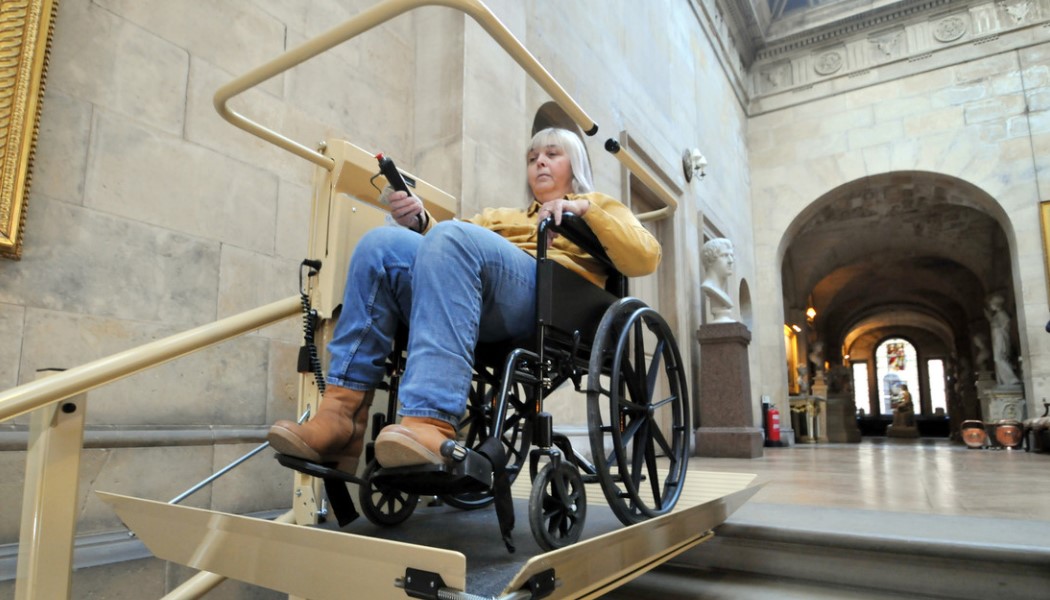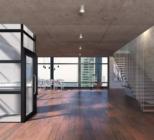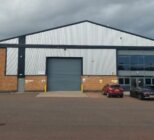With everyone gearing up to get back to business and make up for lost time, venue managers in the culture sector have a lot to think about in preparation for reopening. In the current environment, health and safety compliance is one of the big areas of concern.
Public venues have a legal obligation to carry out regular health and safety checks, and part of this responsibility means ensuring that electromechanical equipment such as lifts and escalators are able to safely transport people and goods.
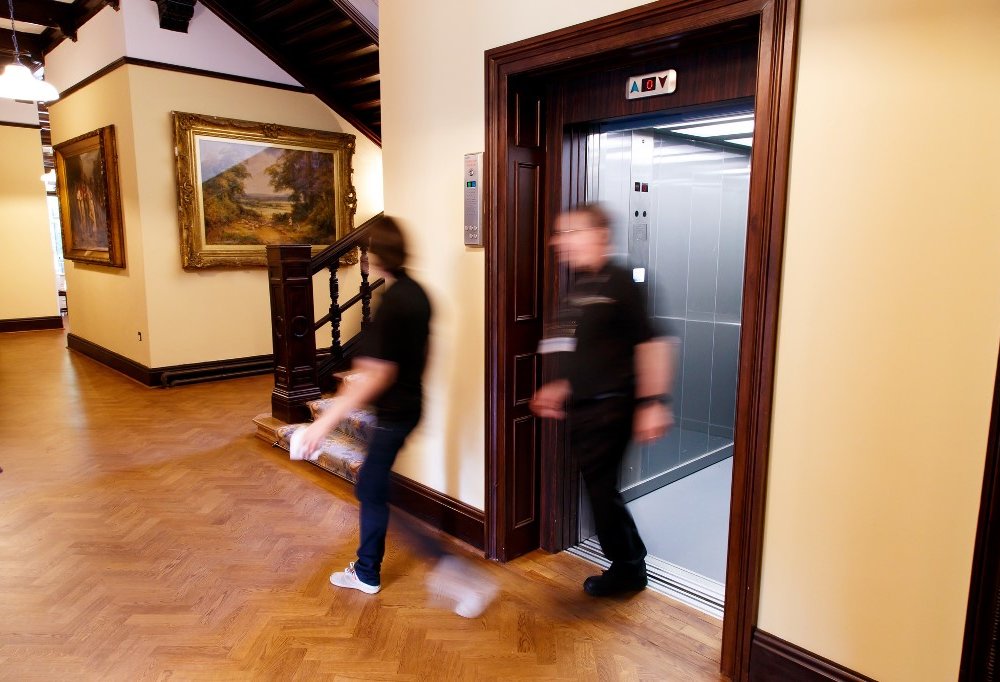
The lift owner’s reopening checklist
For lift owners gearing up for reopening, the first port of call will be checking existing inspection paperwork to make sure all legal reporting obligations for lifts are met. This includes the Lifting Operations and Lifting Equipment Regulations 1998 (LOLER), which mandates thorough inspections at regular intervals.
For many venues, lockdown meant planned service visits and LOLER inspections were cancelled. Business owners should plan for the inspection to be completed at the earliest opportunity, ideally before the building reopens to the public.

If the lift has been left turned on but not used for a while, it is worth carrying out a quick check once a week before reopening. This would involve running the lift car up and down, plus a thorough visual inspection of the lift doors and car. For passenger lifts, ensure the communication system is working to enable trapped passengers to contact the rescue service. If you spot any issues, it is advisable to get in touch with your service provider.
If your lift was turned off, getting it going again might not be quite as easy. Unknown issues could be lurking that could cause a significant problem, and this is important to take into consideration at a time most business owners are trying to avoid unnecessary expenses.
To turn it back on, a LOLER inspection will be required. Additionally, any lift that has been switched off should be switched back on by a competent lift engineer, to ensure the safety of the equipment before it is placed back into service. After all, preventative care is always cheaper than breakdown repairs.
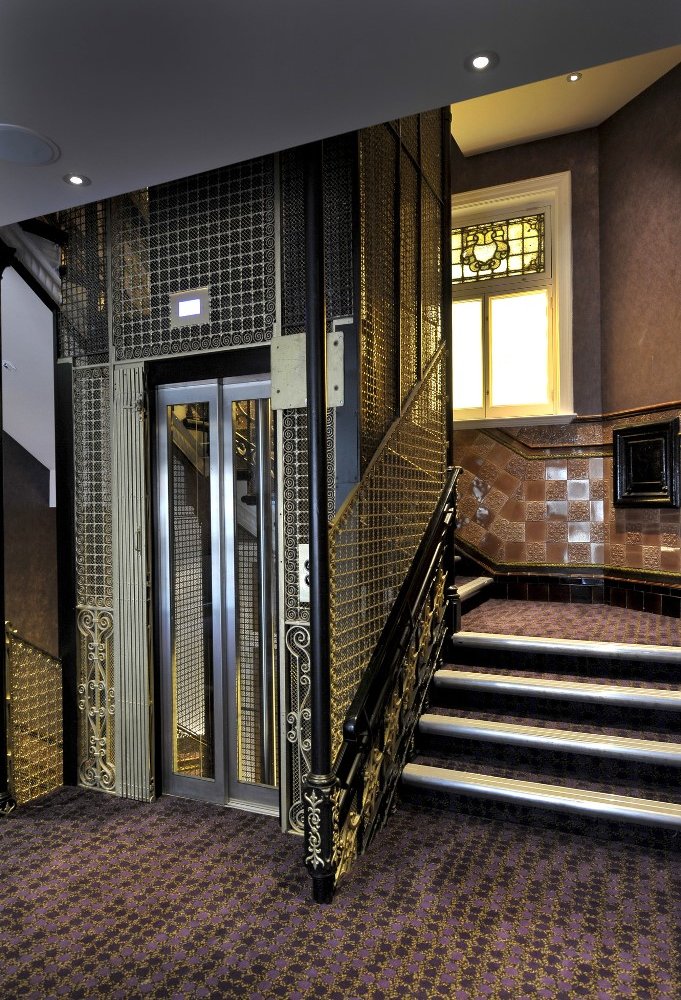
Renovation for better accessibility
Although this is a very difficult and uncertain time for many, it could also be an opportune moment to consider whether public access can be made easier by reorganising displays or considering the addition of step lift (low-rise platform lift) or platform lift.
Historic buildings were generally not built to accommodate wheelchairs, pushchairs or the less ambulant. They frequently require visitors to change level, and access points can be narrow, high, or twisted. These limitations to physical access can be avoided by clever planning of accessibility solutions.

For many sites, aesthetic preservation is just as important as future accessibility. Sometimes, traditional methods of access, such as ramps and passenger lifts, are unsuitable. Picking the right solution for a listed building is vital since applying for planning permission can be a lengthy process.
Platform lifts tend to be a popular solution for the museums and heritage sector as they do not require as much fixing support or a lifting beam. This means they can be installed either with a small pit or none at all, making them unobtrusive with minimal space required.
A key feature of a platform lift is that you have many more options to modify them to suit a specific style or interior design scheme.
If a staircase is a significant aesthetic benefit to the building but the only means of access, you require a solution that is sympathetic to the environment. Wheelchair stairlifts work by travelling up the flight of a staircase and are generally used in exceptional circumstances, provided their installation does not conflict with requirements for means of escape. One key benefit is that they fold flat when not in use. These lifts can be installed either to the wall or floor, preserving areas as required.
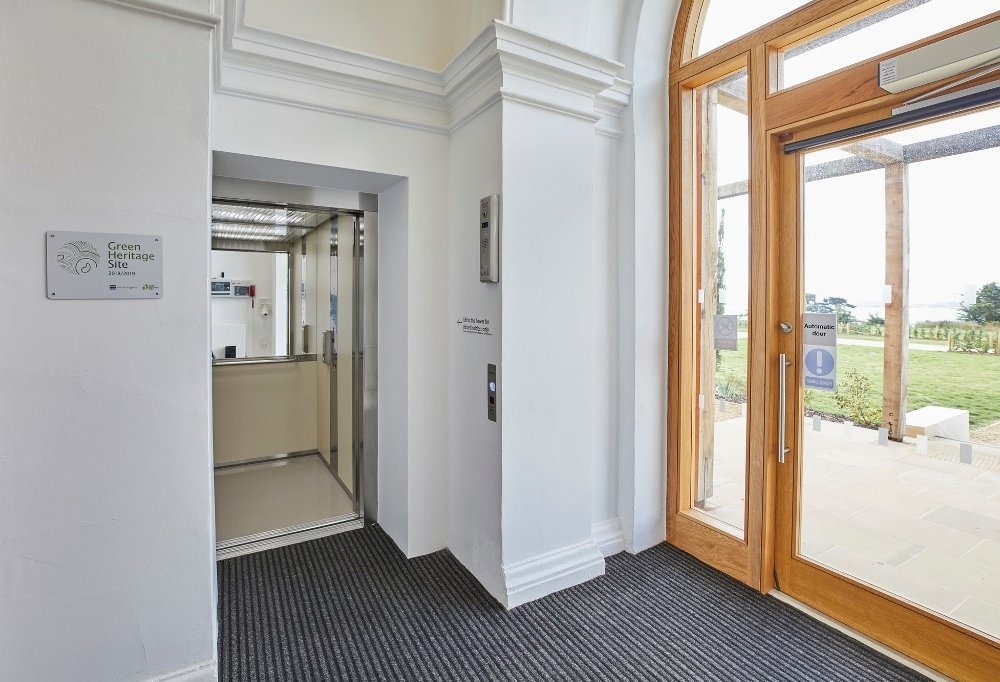
Stannah has been in the business of lifts for over 150 years, and their wide breadth of product experience means they can provide a service contract for any existing lift, regardless of its make or model. All of Stannah’s service and maintenance contracts include regular maintenance visits, complete condition reports and can also include personnel to carry out all tests and examinations.
Find out more at www.stannahlifts.co.uk
